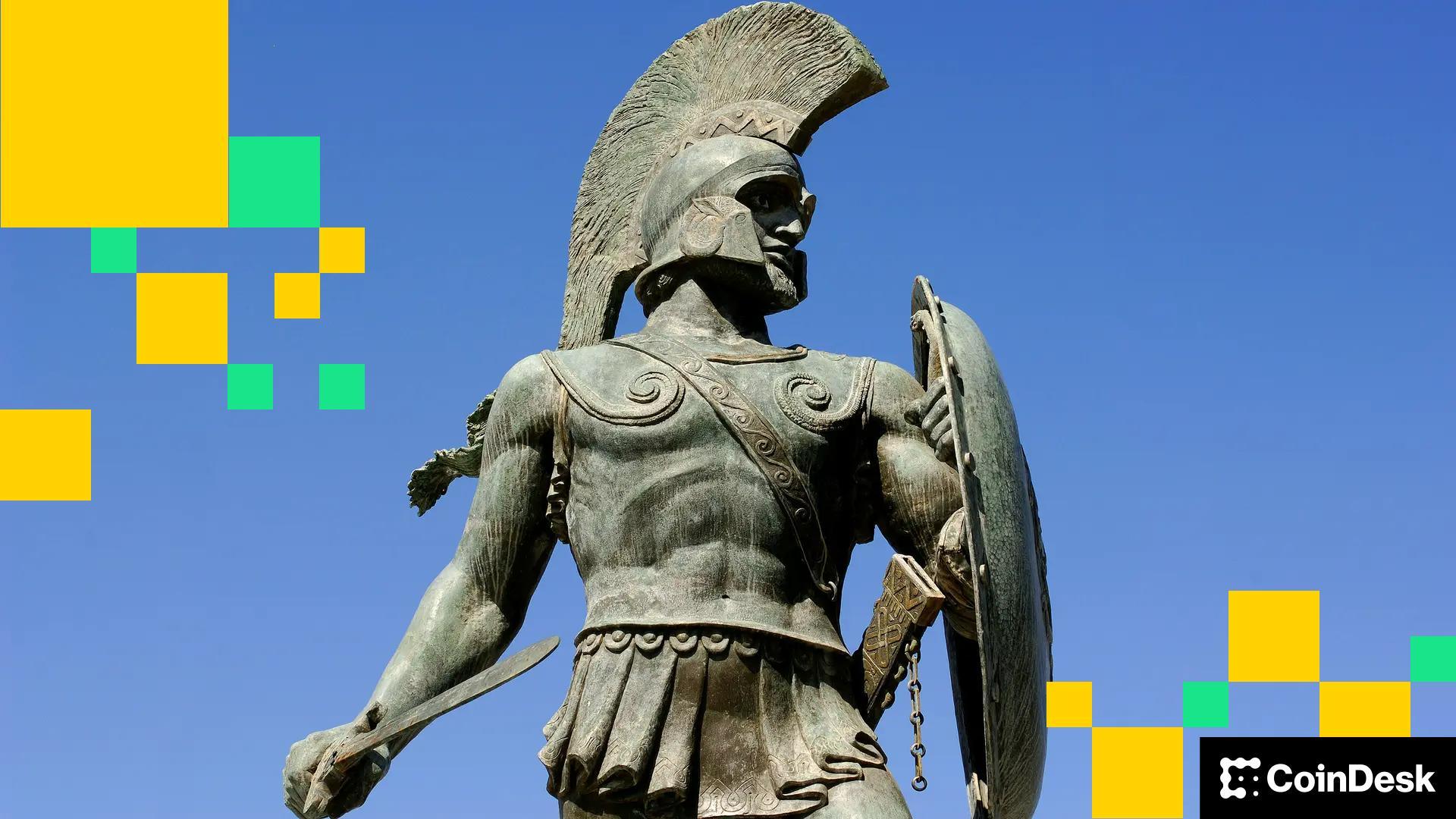New financial products carry familiar risks, and blockchain-issued investment funds are not immune. Assets of blockchain-based funds have almost tripled in one year, from $11.1 billion to almost $30 billion. New entrants VanEck, Fidelity, BNP Paribas and Apollo have recently launched on-chain investment funds. Others are arriving.
Blockchain-based and digitally native securities products have the potential to become the next big investment trend, leveraging technology to create cheaper, faster and more efficient financial products. But as history shows, investors must be vigilant not to succumb to the same traps that defined the fads of the past.
The SPAC boom, the non-traded REIT craze, and the wave of crypto ICOs all promised financial access and democratization, but largely left investors holding the bag. What these events revealed is worth remembering now: When new distribution channels run into hype, opportunists often rush in with products that are riskier, more expensive, or less transparent than their counterparts.
The risk for investors in digital markets lies in how new technologies will be used. Blockchain has the potential to reduce costs, increase transparency and unlock new investment vehicles. But as blockchain-based funds become more widespread, that same technology could be used to recycle failed strategies or justify high fees under the guise of “digital innovation.” The result could be products that provide no real improvement over their traditional equivalents, or worse, saddle investors with higher costs and weaker protections.
Investors should remember this adage: Timeō Danaōs and dōna ferentēs – “Beware of Greeks who bring gifts. » True blockchain-native vehicles may offer potential improvements such as more efficient pricing and ongoing yield, but investors should remain cautious of products that invoke the promise of blockchain to simply rebrand old financial structures without providing significant benefits.
The task of investors is to separate real progress from the Trojan horse of Ulysses.
A useful test is the fee structure. Post-trade processes run on blockchain rails are expected to replace intermediaries to reduce costs. If the total expense ratio is higher than its traditional counterparts, buyer beware. Stephen Diehl, noted critic of digital assets, did the math:
“BlackRock’s tokenized money market fund charges investors between 20 and 50 basis points in management fees. The non-tokenized version charges just 0.12 basis. That’s up to 42 times more expensive.”
Investors shouldn’t pay more for buzzwords.
Be discerning about which products move down the chain and why. Does the issuer tokenize a product because it offers genuine benefits to all parties, or is blockchain simply a new distribution channel for overly complex and opaque products? Private funds that were previously off-limits to retail investors should not suddenly re-emerge as “blockchain-exclusive offerings,” charging institutional-level fees for illiquid underlying holdings. There’s a reason why early product innovations focused on simple fund structures like money market funds.
Products with suspect returns or unclear investment strategies deserve increased scrutiny.
The structure of the product also tells a story. A title issued natively on-chain from the outset should be more efficient and reduce operational costs. On the other hand, a tokenized security is an existing asset reflected on a blockchain that often reflects TradFi’s costs by retaining the off-chain processes and attributes of the product. Issuers need to be clear about the structure of their on-chain products and what that means in terms of costs, shareholder rights and liquidity.
True democratization of capital markets means broader access and lower barriers to entry for investors without sacrificing investor protection. But don’t take the industry’s word for it: watch for cost containment and the involvement of traditional, trusted institutions. A recent example of the latter is rating agency Moody’s testing a proof-of-concept project to integrate its municipal bond ratings into tokenized securities. A simulated municipal bond was tokenized with a credit rating attached to the on-chain asset, demonstrating how off-chain data can help on-chain securities products scale with greater transparency. Integrating an industry-standard rating system into a suite of new and innovative products provides investors with a familiar and trusted touchstone.
In April 2025, SEC Chairman Paul Atkins highlighted the importance of “leveraging blockchain technology to modernize aspects of our financial system” and noted that he expected “tremendous benefits from this market innovation in terms of efficiency, cost reduction, transparency and risk mitigation.” But this must be done in the context of the SEC’s goal of maintaining investor protection. SIFMA reiterated the importance of preserving investor protection in the context of market modernization in September.
Although early returns on blockchain technology promise these benefits and more profitable markets, it is not a panacea for all charlatans, from ordinary opportunists to bona fide bad actors. Investors must exercise the same vigilance in digital markets as in traditional markets: reading fund prospectuses, interrogating expense ratios, and demanding that neutral third parties instill the required market data and trust that is fundamental in traditional markets.
If issuers, investors, and other market participants pay attention to these standards as markets modernize, digital markets have the potential to deliver the efficiency and true innovation promised by “democratization.”




